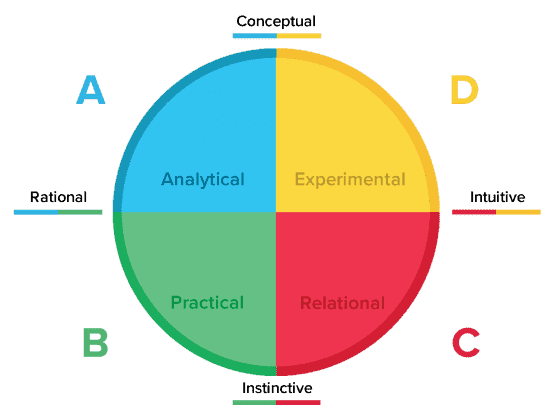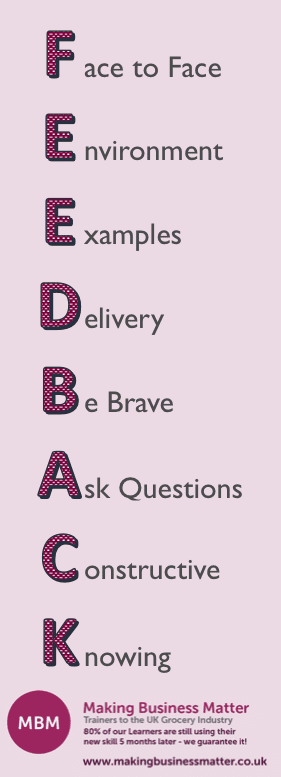The Origins of Agile
In 2001 seventeen extreme software developers met at Snowbird in the Wasatch Mountains. They spent 3 days identifying a way to improve the development process of software. In short, Agile was born.
The dictionary definition of Agile is: ‘Quick and easy’. The essence of Agile was that people were the most important part of a business. The approach was about balancing process with people. Not anti-process, just pro people soft skills.
The team of 17 concluded that agile was a mindset and particularly one of satisfying the customer. Consequently, Twelve principles were identified by the Agile team from Snowbird. For example, ‘Our highest priority is to satisfy the customer…’. See the image below for the 12 agile pinciples.
Plus, the 4 principles that underpinned Agile are:
- Individuals and interactions over processes and tools.
- Working software over comprehensive documentation.
- Customer collaboration over contract negotiation.
- Responding to change over following a plan.

Implementing Agile
In 2016 some very large companies got together in New York to tackle how to implement Agile. Their conclusion was that it was about creating behaviours that achieved these four mindset goals:
- Delighting customers
- Descaling work
- Enterprise-wide Agility
- Nurturing culture
An agile mindset is said to be: ‘Practitioners are thus said to have an Agile mindset when they are preoccupied—and sometimes obsessed—with innovating and delivering steadily more customer value, with getting work done in small self-organizing teams, and with collaborating together in an interactive network. Such organizations have been shown to have the capacity to adapt rapidly to a quickly shifting marketplace.’

The Growth Mindset

Recently, Carol Dweck’s work on ‘Growth Mindset’ has overtaken Agile. Carol’s learning theory of a growth mindset believes that it…
‘Revolves around the belief that you can improve intelligence, ability and performance. The opposite, a fixed mindset, refers to the belief that a person’s talents are set in stone. Years of research have shown that mindset is malleable.’
‘A growth mindset is just about praising and rewarding effort’, Carol Dweck.
You can learn more about developing a growth mindset in the video below:
Sticky Learning ® is 7 times more effective than 1-day training courses. Plus, you will get a Chain of Evidence proving your Return on Investment. Discover soft skills training that changes behaviours long term.

Agile: A Mindset For Leadership Training
Agile is a lot about being practical and immediate. These are some specific learning objectives and how they apply to agile. Additionally, actions that can be taken immediately after training are outlined below:
1. Know how to get the most from their learning journey, and what to expect of their Line Manager.
This is a key element of an agile mindset because Learners are taught how to learn for themselves.
Post Training Action: Teach someone else one thing they have learnt within 24 hours. This is key to embedding learning.
2. Understand themselves & others better, using the HBDI model, leading to improved communication across the team.
This is a key element of an agile mindset because people need to be effective in building trusted and ‘self-organising teams’. HBDI shows them how. And how to do forward-thinking and innovate.
Post Training Action: Write an email that appeals to that colour more, i.e. If the person is a blue (analytical), the Learner will use more facts to influence them.

3. Create thoughtful, and tangible self-development plans.
This is a key element of an agile mindset because people learn how to grow themselves for the future.
Post Training Action: Have a 20-minute session with a colleague to help them identify one thing they could improve and how to do it.
4. Understand the types of questions available and be able to use a better question to uncover more information than previously would have been possible.
This is a key element of an agile mindset because by asking the right questions the Learner can unlock opportunities to satisfy customer needs better.
Post Training Action: In a call with a customer, use funnelling questions to better understand the customer’s needs.
5. Identify actively listening, the benefits, and how to do it.
This is a key element of an agile mindset because collaboration is essential.
Post Training Action: Listen actively to a colleague to answer the ‘question behind the question’.
6. Give feedback regularly, with confidence, and effectively using the SBI model.
This is a key element of an agile mindset because praise is essential.
Post Training Action: Praise a colleague for a piece of work well done. Moreover, help the colleague to understand the impact of the great work. This is so that they will then be motivated to do more of this great work.

7. Delegate effectively to a report.
This is a key element of an agile mindset because a team that knows what they are clearly doing, is more likely to succeed, and are more accountable.
Post Training Action: Delegate to a report effectively, so that the customer gets what they need the first time.
8. Lead team meetings so that those meetings contribute positively to the team’s performance.
This is a key element of an agile mindset because team organisation is essential, and teams need to be inspired.
Post Training Action: Run a team meeting that achieves clear objectives, which contribute to the team’s performance.
9. Explain the difference between coaching and mentoring and have a basic grasp of the GROW model.
This is a key element of an agile mindset because people will learn better, and for longer, by being coached, rather than being told.
Post Training Action: Use GROW (or the extended GROWTH model, below) to coach a colleague for 20-minutes to solve a problem themselves.

10. Complete a personal development plan and use it on-going.
This is a key element of an agile mindset because people learn how to grow themselves.
Post Training Action: Complete one row.
Action: For even more useful content on leadership, check out our ultimate guide on Leadership Skills.




